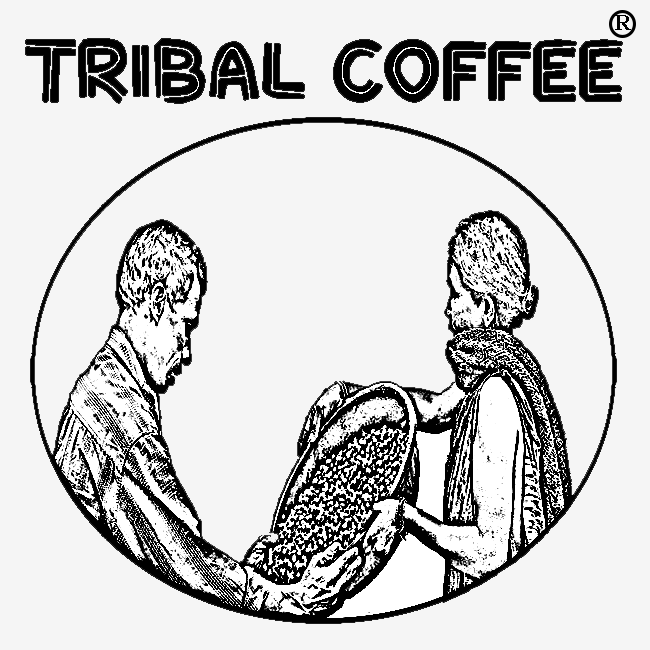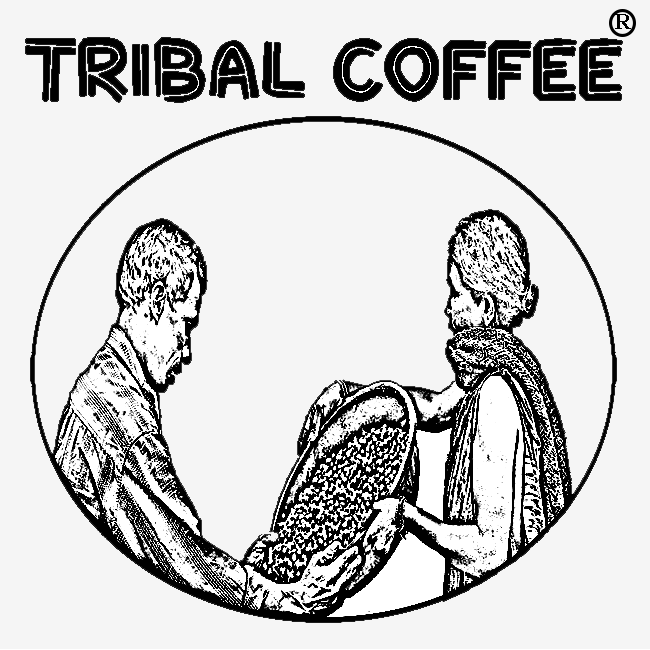You’ll be singing “bye bye bitter” once you try cold-brew coffee, claim fans who say it’s smoother than the traditional stuff
Once found only in boutique coffeehouses, cold-brew coffee has grown up, with sales rising 115 percent between 2014 and 2015. Starbucks and Peet’s now sell it by the cup in their shops. Not surprisingly, several appliance makers eager to cash in on the trend sell low-tech systems that take the mess out of mixing up a batch of cold-brew coffee at home.
Cold-Brew Coffee
Before we get to what cold brewed coffee is, let’s be clear about what it’s not. Cold-brew coffee is a very different beast from either iced coffee or the bottled coffee products (cappuccino, mochaccino, and other coffee-based drinks) sold at the supermarket. All of those start with standard hot coffee that’s then chilled, creating a drink that has all of the bitterness and acidity of regular coffee, just minus the heat.
To mask that bitterness, many coffee drinkers (and manufacturers of the bottled beverages) add heaps of sugar and glugs of milk or cream—and plenty of calories with them.Cold-brew coffee, on the other hand, begins with the same beans you’d use for regular coffee, but they’re ground more coarsely, then mixed with cold or room-temperature water and left to sit for a very long time: Coaxing flavor out of the grounds with cool water can take 12 to 24 hours or even longer. To avoid a weak, watery drink, cold brewed coffee also requires at least twice the grounds needed for traditional hot brewing, which explains why cold-brew coffee can be pricey, whether you buy it at a coffeehouse or supermarket, or whip up a batch at home.
Make no mistake: Do-it-yourself cold-brew coffee makers aren’t a necessity; they’re essentially steeping chambers for the water and grounds. But they make preparing and filtering the coffee neater and less cumbersome. (Trying to make cold-brew coffee using, say, a carafe and cheesecloth can be a messy and tedious affair.) The machines also make it easier to experiment with the ratio of water to coffee until you find the one that produces the cup best-suited to your tastes.
What comes out of most cold-brew coffee makers after all of that steeping isn’t ready to enjoy. It’s a thick concentrate that you dilute with cold or hot water or milk, depending on the desired temperature and strength, before drinking.



